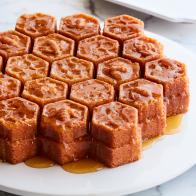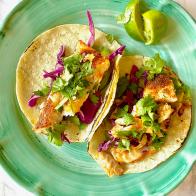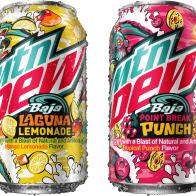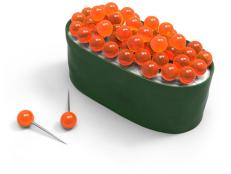Nano Foods 101
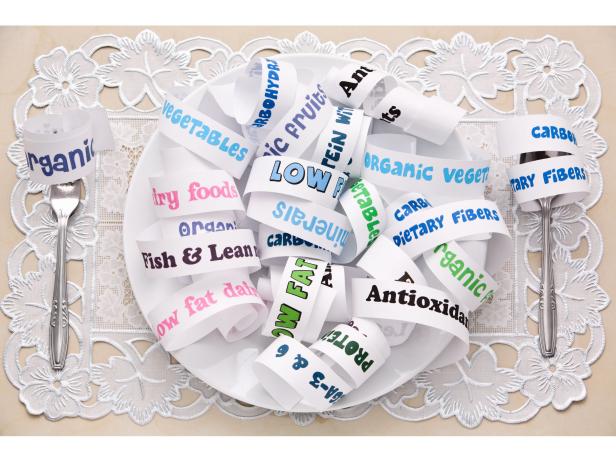
Rudyanto Wijaya
Imagine eating fat-free versions of your favorite comfort foods -- macaroni and cheese, chocolate pudding, French fries -- that are just as tasty as the full-fat counterparts. Sound good? That's just one way nanotechonology is being used to manipulate the foods we eat. But how does it work? And most importantly: Are the products safe to eat? We've got the scoop on this emerging technology.
This new technology has been in the news for the past few months, but has been used for a number of years. Nanotechnology is a science where substances are manipulated in a teeny tiny (a.k.a. nano) scale. Food can be manipulated many ways: scientists can make salt taste saltier, or change how foods are digested.
Britain’s Institute of Food Research (IFR) has found a way to design fat-free and low fat foods so they’re just as satisfying and tasty as their full-fat counterparts. This could help fight heart disease, diabetes and obesity. The technology would manipulate how fat gets digested, making you feel full from eating less.
The global market for nanotechnology was about $140 million in 2006 and is expected to skyrocket to $5.6 billion by 2012. Most of the top food companies are reluctant to discuss their plans probably because they’re scared of the same reaction that greeted genetically modified food in Europe. Kraft claims that they’re keeping their options open to the use of this new technology while Unilever (one of the largest global food companies) is seriously looking into using it in the future.
Experts believe that nano foods could be dangerous. These are teeny particles that can make their way into cells and even the brain (a.k.a. nucleus) of the cell. The technology hasn’t been fully developed, and to date there is limited knowledge on the effects it has to the body.
Bottom Line: You’ll be hearing about this new technology as it gains popularity. Approach with caution until more research is available.
Toby Amidor, MS, RD, CDN, is a registered dietitian and consultant who specializes in food safety and culinary nutrition. See Toby's full bio »
